
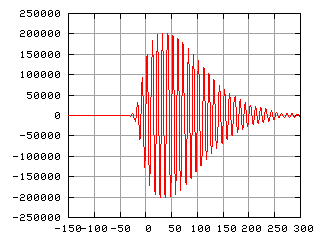
The master of this chain is only about 220 km from me, so the signal is very strong and consequently the pulse shape is near perfect.
These are some plots from an initial version of the software, and it proves that it is actually possible to do what I want to do.
For each LORAN-C chain there is a plot over the entire GRI interval, where RED is the raw integration values, green is the correlated master coding and blue is the correlated slave coding.
The small plot shows the shape of master correlated signal where my software has identified the master pulse. In general it seems to work just fine and most of the time it even finds the 3rd zero-crossing correctly.
I also had my software hunt down the slaves but I didn't plot them all out. In total I detected 17 signals reliably. I also even managed to detect the precense of signals from the Saudi north chain around midnight, but the signal was not strong enough to any serious use, so I did not count those.
 |
|
 |
The master of this chain is only about 220 km from me, so the signal is very strong and consequently the pulse shape is near perfect. |
 |
|
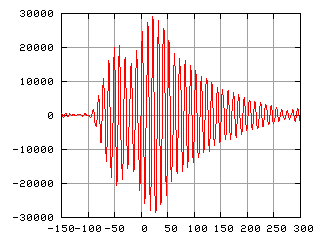 |
This chain has the nearby Sylt LORSTA as slave, and that means that there are several spurs in the master correlation from the strong slave which are taller than the correct master peak. I deal with that in software by finding the strongest signal in either master or slave and if it is a slave by looking for the master in front of the slave using the constraints from the LORAN-C signal specification. This signal is a very good example of sky-wave contamination and I have subsequently improved my software to correctly lock on to the ground-wave. |

|
|
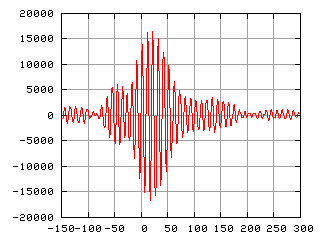 |
Another example of skywave contamination. My honeymoon actually allowed me to visit the Loran transmitter which emits the master signal for this chain. Here are some pictures from the visit. |

| |
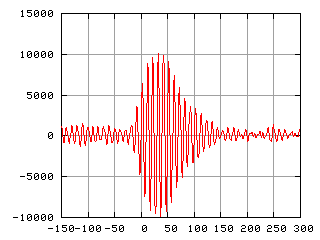
|
Not much to say about this one, nice clean signal on the master. |

| |
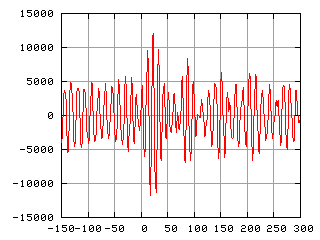
|
This is the russian "Chayka" chain, and it shows a very good point about the choice of GRI. This chain has a GRI of 80 msec, which means that no transmitter on a frequency which is an integral number of kHz (ie: the lot) will be filtered out in the integration step. Notice how the noise level here is +/- 20000 units where the NELS chains with their prime numbers are in the +/- 5000 units range. That's four times more noise. |